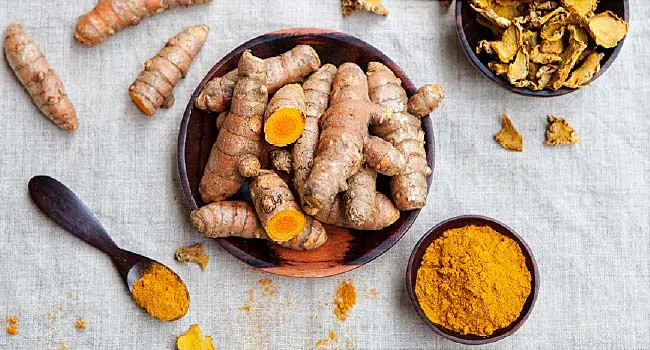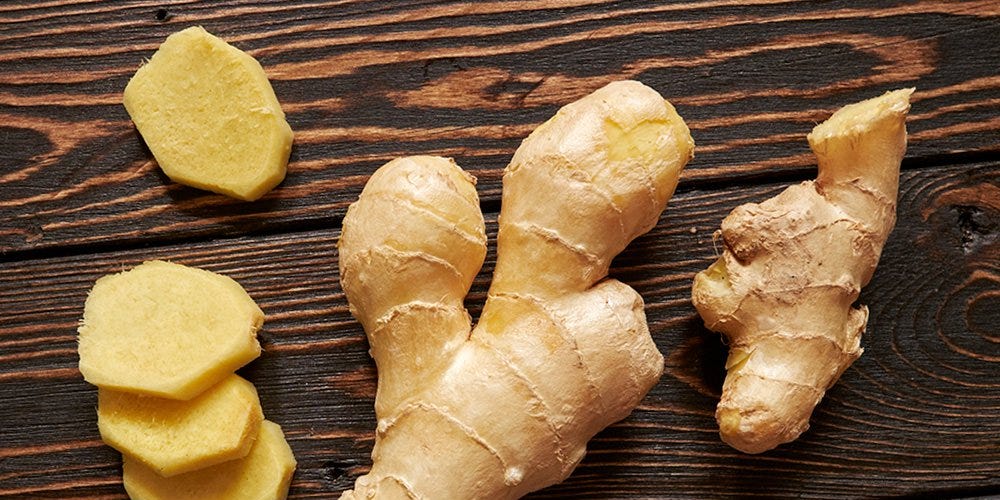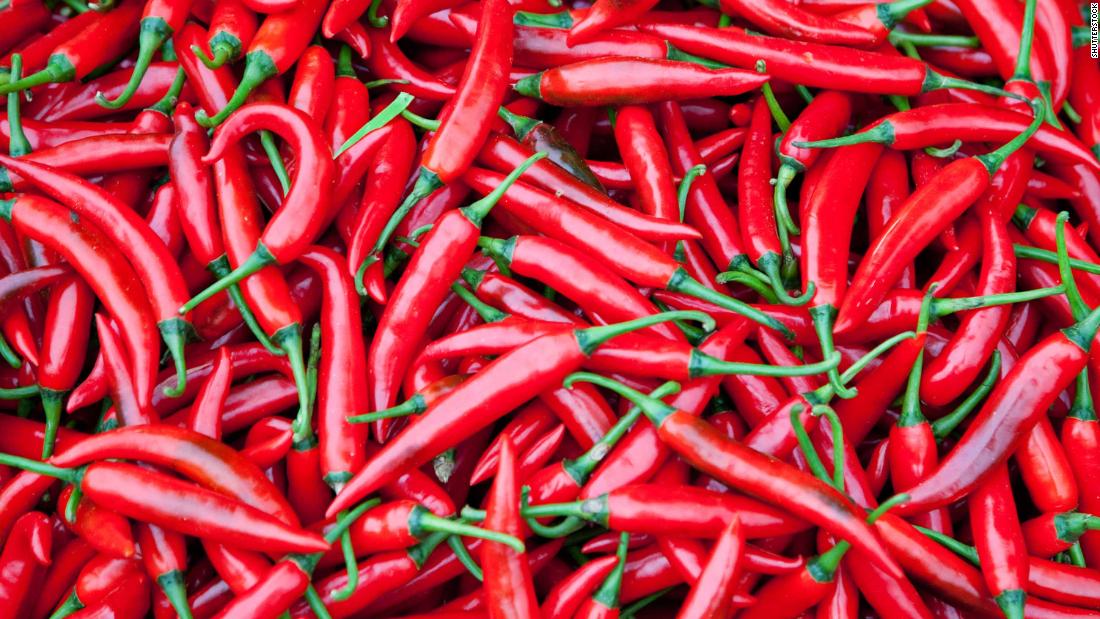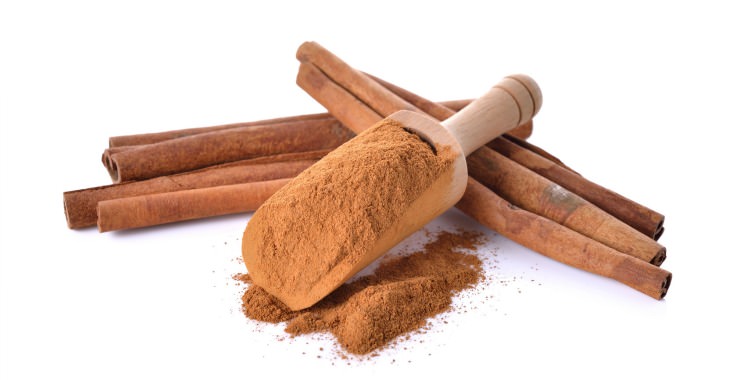Why blood clots ?
A blood clot is a clump of blood that has changed from a liquid to a gel-like or semisolid state. Clotting is a necessary process that can prevent you from losing too much blood in certain instances, such as when you’re injured or cut.
When a clot forms inside one of your veins, it won’t always dissolve on its own. This can be a very dangerous and even life-threatening situation.
An immobile blood clot generally won’t harm you, but there’s a chance that it could move and become dangerous. If a blood clot breaks free and travels through your veins to your heart and lungs, it can get stuck and prevent blood flow. This is a medical emergency.
You should call your doctor immediately if you think you might have a blood clot. A healthcare professional will be able to look at your symptoms and medical history and let you know what steps to take from there.
Mechanism of blood clothing
To stop bleeding, the body relies on the interaction of three processes:
Primary hemostasis involves the first two processes.
1. Vasoconstriction. Vasoconstriction is the body's first response to injury in the vascular wall. When injury occurs, vessel walls constrict, causing reduced blood flow to the site of injury.
2. platelets plug. Platelets aggregate to the site of the injury. They stick together acting as a "plug." Platelets also activate the process which causes a fibrin clot to form, known as secondary hemostasis.
Secondary hemostasis.
3. Platelets alone are not enough to secure the damage in the vessel wall. A clot must form at the site of injury. The formation of a clot depends upon several substances called clotting factors. These factors are designated by roman numerals I through XIII. These factors activate each other in what as known as the clotting cascade. The end result of this cascade is that fibrinogen, a soluble plasma protein, is cleaved into fibrin, a nonsoluble plasma protein. The fibrin proteins stick together forming a clot.
The clotting cascade occurs through two separate pathways that interact, the intrinsic and the extrinsic pathway.
Extrinsic Pathway
The extrinsic pathway is activated by external trauma that causes blood to escape from the vascular system. This pathway is quicker than the intrinsic pathway. It involves factor VII.
Intrinsic Pathway
The intrinsic pathway is activated by trauma inside the vascular system, and is activated by platelets, exposed endothelium, chemicals, or collagen. This pathway is slower than the extrinsic pathway, but more important. It involves factors XII, XI, IX, VIII.
Common Pathway
Both pathways meet and finish the pathway of clot production in what is known as the common pathway. The common pathway involves factors I, II, V, and X.
Disorder of blood clotting
Normal coagulation is important during an injury, as it helps stop a cut from bleeding and starts the healing process.
However, the blood shouldn’t clot when it’s just moving through the body. If blood tends to clot too much, it is referred to as a hypercoagulable state or thrombophilia.
Are hypercoagulable states dangerous?
Hypercoagulable states can be dangerous, especially when these conditions are not properly identified and treated. People with hypercoagulable states have an increased risk for blood clots developing in the arteries (blood vessels that carry blood away from the heart) and veins (blood vessels that carry blood to the heart). A clot inside a blood vessel is also called a thrombus or an embolus.
Blood clots in the veins or venous system can travel through the bloodstream and cause deep vein thrombosis (a blood clot in the veins of the pelvis, leg, arm, liver, intestines or kidneys) or a pulmonary embolus (blood clot in the lungs).
Blood clots in the arteries can increase the risk for stroke, heart attack, severe leg pain, difficulty walking, or even the loss of a limb.
What causes hypercoagulable states?
Hypercoagulable states are usually genetic (inherited) or acquired conditions. The genetic form of this disorder means a person is born with the tendency to form blood clots. Acquired conditions are usually a result of surgery, trauma, medications or a medical condition that increases the risk of hypercoagulable states.
Inherited hypercoagulable conditions include:
· Factor V Leiden (the most common)
· Prothrombin gene mutation
· Deficiencies of natural proteins that prevent clotting (such as antithrombin, protein C and protein S)
· Elevated levels of homocysteine
· Elevated levels of fibrinogen or dysfunctional fibrinogen (dysfibrinogenemia)
· Elevated levels of factor VIII (still being investigated as an inherited condition) and other factors including factor IX and XI
· Abnormal fibrinolytic system, including hypoplasminogenemia, dysplasminogenemia and elevation in levels of plasminogen activator inhibitor (PAI-1 )
Acquired hypercoagulable conditions include:
· Cancer
· Some medications used to treat cancer, such as tamoxifen, bevacizumab, thalidomide and lenalidomide
· Recent trauma or surgery
· Central venous catheter placement
· Obesity
Food that help in blood clotting
People have long used the golden spice known as turmeric for culinary and medicinal purposes. The active ingredient in turmeric is curcumin that has anti-inflammatory and blood-thinning or anticoagulant properties.
A study published in 2012 suggests that taking a daily dose of turmeric spice may help people maintain the anticoagulant status of their blood.
People can add turmeric to curries and soups or mix it with hot water to make a comforting tea.
Ginger is another anti-inflammatory spice that may stop blood clotting. It contains a natural acid called salicylate. Aspirin (acetylsalicylic acid) is a synthetic derivative of salicylate and a potent blood thinner.
To get the anticoagulant effects of natural salicylates, people may want to use fresh or dried ginger regularly in baking, cooking, and juices.
It is unlikely, however, that natural salicylates are as effective as blood-thinning medications.
A 2015 analysis of 10 studies also suggests that ginger’s effects on blood clotting are unclear. It indicates that more research is needed to understand the potential blood-thinning properties of ginger fully.
Cayenne peppers are also high in salicylates and can act as powerful blood-thinning agents.
Cayenne pepper is quite spicy, however, and many people can only tolerate it in small amounts.
Capsules containing cayenne pepper are available in health food stores and online. Other benefits of this spice include lowering blood pressure, increasing circulation, and reducing pain sensations.
Vitamin E reduces blood clotting in a few different ways. These effects depend on the amount of vitamin E that a person takes. The National Institutes of Health’s Office of Dietary Supplements suggest that people who are taking blood-thinning drugs should avoid taking large doses of vitamin E.
It is unclear how much vitamin E thins the blood, although it is likely that people would need to take more than 400 International Units (IU) per day. Taking high doses of vitamin E supplements, for example, above 1,500 IU daily, on a long-term basis, may have negative effects.
It may be safer to get vitamin E from foods rather than supplements. Foods that contain vitamin E include:
· almonds
· safflower oil
· sunflower oil
· sunflower seeds
· wheat germ oil
· whole grains
Besides its often desirable taste in food and cooking, garlic has natural antibiotic and antimicrobial properties.
Some research reports that odorless garlic powder demonstrates antithrombotic activities. An antithrombotic agent is a substance that reduces blood clot formation.
Another review of several studies on garlic suggests that it may thin the blood, although the effects are small and short-lived.
The American Academy of Family Physicians nonetheless recommend that people stop taking high doses of garlic 7 to 10 days before a planned surgery because of its antithrombotic properties.
LIKE SHARE AND COMMENT YOUR VIEW DOWN BELOW








0 Comments